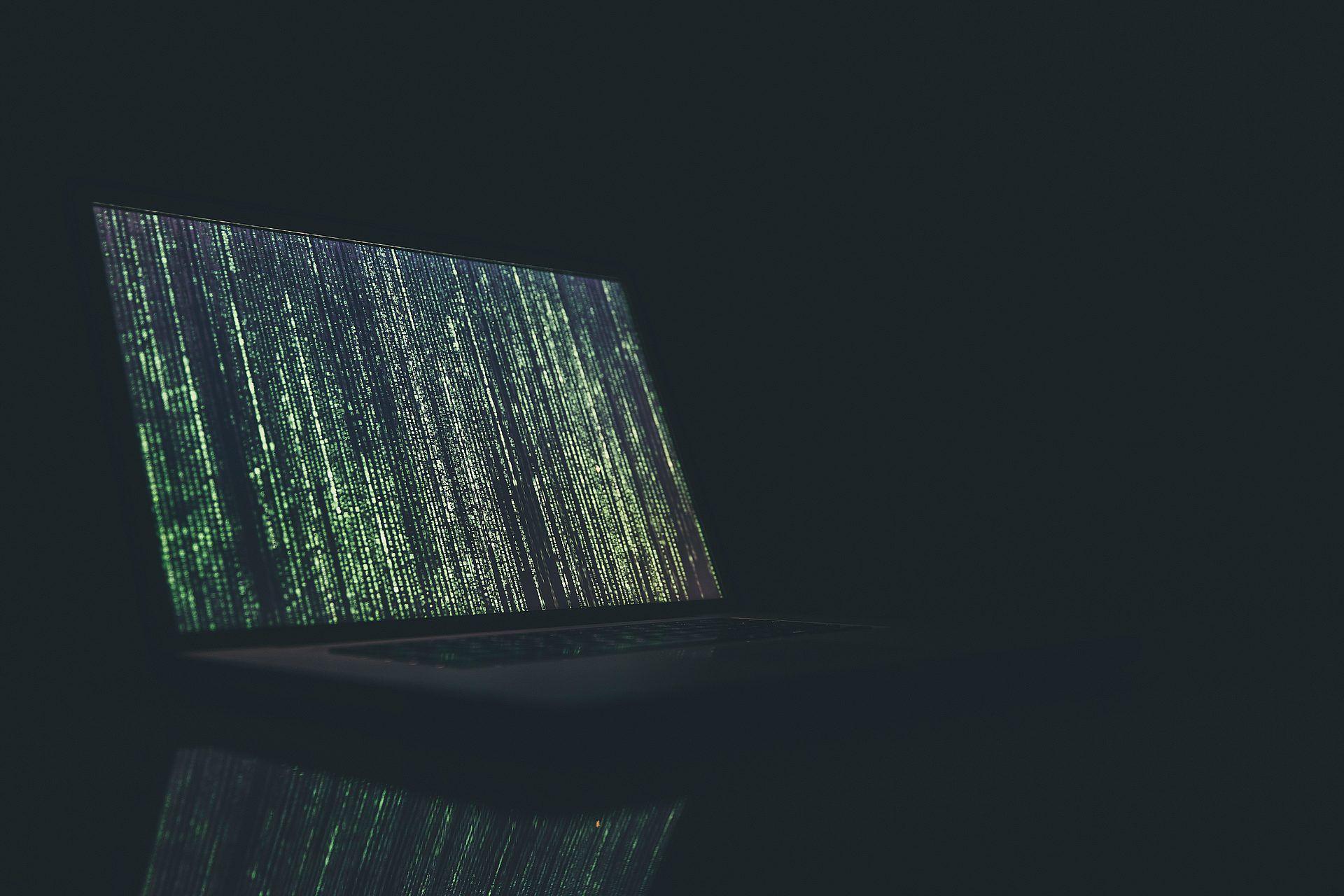The alarming news of the Casio data breach in 2023 reverberated across the globe! Casio, a name synonymous with electronic excellence, found itself amid a cybersecurity storm when the company detected a database failure within its revered ClassPad education platform. What began as a routine system malfunction escalated into a full-blown breach, exposing the vulnerabilities of even the most reputable corporations.
In this article, we explore the details of the Casio data breach, from its discovery to its consequences, shedding light on the lessons we must learn in an age where the lines between the physical and digital worlds blur.

Casio data breach 2023 affects 149 countries
Casio first detected the breach on October 11, 2023. The discovery was made following the failure of a database within the company’s ClassPad education platform, widely used by educational institutions and students worldwide.
- Attack timeline: Evidence suggests that the attacker gained access to Casio’s systems on October 12, a day after the initial detection of the database failure. This timeline raises concerns about the speed at which cybercriminals can exploit vulnerabilities once they gain access.
- Scope of the breach: The breach compromised a substantial amount of sensitive customer information, including:
- Customer names
- Email addresses
- Countries of residence
- Service usage details
- Purchase information such as payment methods, license codes, and order specifics. However, it is important to note that Casio did not store credit card information within the compromised database, mitigating some of the potential damage.
- Affected parties: The breach had a widespread impact. As of October 19, the attackers had accessed a staggering 91,921 records belonging to Japanese customers. These included individuals and 1,108 educational institution customers. Furthermore, 35,049 records of customers from 148 countries and regions outside Japan were also compromised.
- Root causes: Casio has attributed the breach to disabling some network security settings within the development environment due to an operational error. The lack of operational management in this area allowed an external party to gain unauthorized access to the system.
- The response: Casio took swift action following the discovery of the breach. On October 16, the company reported the incident to Japan’s Personal Information Protection Commission and began collaborating with law enforcement authorities to investigate the breach. Additionally, Casio enlisted the help of external cybersecurity and forensics experts to conduct an internal investigation, identify the root causes of the breach, and develop countermeasures to prevent future incidents.

The Casio data breach in 2023 is not the company’s first encounter with cybersecurity issues. In early August, a threat actor known as ‘thrax’ claimed to have leaked over 1.2 million user records on a cybercrime forum. These records were allegedly stolen from an older casio.com database, including entries dating back to July 2011, AWS keys, and database credentials.
The Casio data breach serves as a reminder of the evolving threats in the digital world. As technology advances, so do the capabilities of cybercriminals. Companies, regardless of their size and reputation, must remain vigilant in safeguarding their customers’ personal information and constantly update their security systems to stay ahead of potential breaches.
In the aftermath of this breach, Casio faces the challenge of rebuilding trust and enhancing its commitment to customer data protection. This incident highlights the critical need for organizations worldwide to strengthen their cybersecurity measures and protect their customers’ personal information, creating a safer digital environment for all.
For more information and the official statement, click here.
Featured image credit: Casio





